6. Funny Games (1997, Michael Haneke)
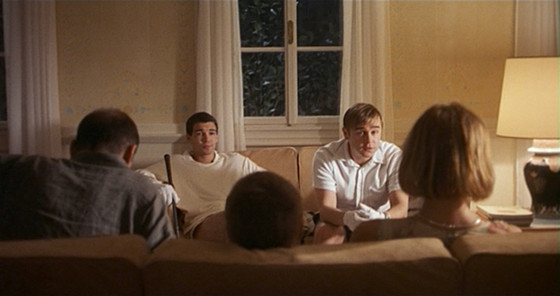
If you were ever in the mood for an uncomfortable night at the cinema, than any film from Michael Haneke’s filmography would do just nicely. Haneke has built his reputation on directing films that offer an unflinching look into the dark side, not only in our society but also ourselves. His films are often filled with complicated characters that display the worst parts of humanity, and there is no film of his that better represents that than 1997’s Funny Games. A film that from a personal standpoint continues to haunt me more than almost every other horror film that has ever been made.
The film follows a wealthy family that while on a lakeside vacation, run foul of two well-speaking young men who go on to systematically torture them with sadistic delight. Okay, so that doesn’t sound like a fun time at the cinema, but we all know how these types of movies go and the family will overcome and defeat the villains in the end right? Why you poor naïve fools. Watching the movie feels like you as the audience are being tortured along by the family, especially after being continuously taunted by the young men’s numerous fourth wall breaks.
It feels like Haneke is deliberately provoking the audience trying to get them riled up. Funny Games is a film that demands a reaction, cinemagoers were widely disgusted, demanding to know why the director would make such a cruel film. What was Haneke’s response? We are all complicit! Such a frightening thought.
7. The Devil’s Backbone (2001, Guillermo del Toro)
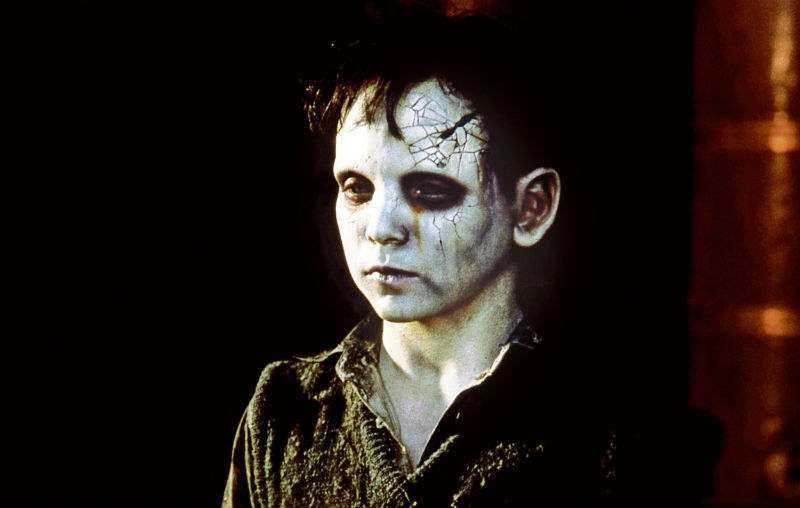
It’s safe to say that Guillermo del Toro’s stock has never been greater. His last film, The Shape of Water, came away with four Academy Awards including Best Director for himself. The Mexican filmmaker has truly become accepted as a major creative figure in Hollywood, but to better understand the director’s importance to 21st Century cinema, you would have to go back to his earlier work. Many critics would point to his 2006 Spanish language fantasy Pan’s Labyrinth as his greatest film to date, and I would certainly agree with them. However it was his 2001 Gothic horror The Devil’s Backbone where the world truly got its first look at del Toro’s capabilities as a director.
Like Pan’s Labyrinth, The Devil’s Backbone is set against the backdrop of the Spanish Civil War, specifically its final year where Franco’s fascist militia are on the brink of victory. Already, the audience feels a sense of dread as the film takes place in a time of true terror. The movie’s plot follows a twelve-year-old boy who is sent to an orphanage after his father dies in the war. The unfortunate orphan soon discovers that the place is haunted by the ghost of another young boy named Santi, whose death tells of a dark secret. The film is full of grotesque imagery fused with poetic beauty in the same way you would have come to expect from a film by del Toro, but it’s his blending of fantastical terrors with real life horror that makes The Devil’s Backbone his most understated masterpiece.
8. Trouble Every Day (2001, Claire Denis)
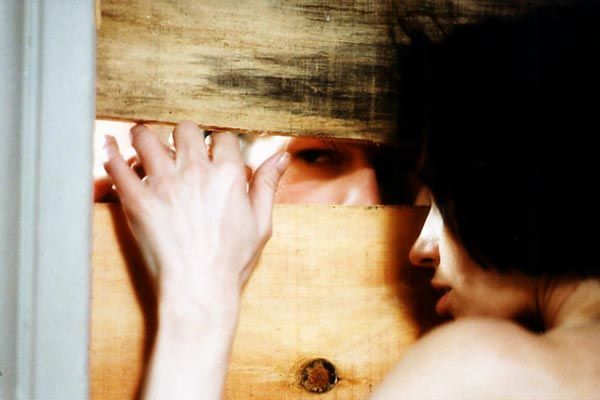
Claire Denis is without doubt one of the most unique and original directors working in cinema today. Having made her English-language debut last year with the incredibly disturbing yet profound science fiction film High Life, western audiences are finally starting to give her work the attention it so desperately craves. Denis is a filmmaker who has covered multiple genres including drama, romance, war and the previously mentioned sci-fi. However, it is her 2001 erotic horror Trouble Every Day that remains Denis’ most polarizing work to date.
The film follows two American newlyweds during their honeymoon in Paris, however the husband, played by Vincent Gallo, has an ulterior motive. This being to hunt down the psychotherapist whose twisted experiments has left him with horrific memories that slowly seep into his sexual fantasies. The doctor meanwhile is now keeping a low profile with his wife, played by Beatrice Dalle, whom he keeps locked away due to her habit of having sex and murdering just about every man she comes across.
It is soon learnt that the characters played by Gallo and Dalle were both guinea pigs experimented on by the doctor. While Dalle has completely succumbed to her animalistic urges of violence, Gallo desperately tries to contain his own. Needless to say, the film is not an easy, two scenes in particular show graphic cannibalism that is enough to put anyone off their dinner, but that does not change the fact that Claire Denis’ existential examination of carnal desire remains one of the most impactful art-house horror films to come out in the past twenty years.
9. 28 Days Later (2002, Danny Boyle)
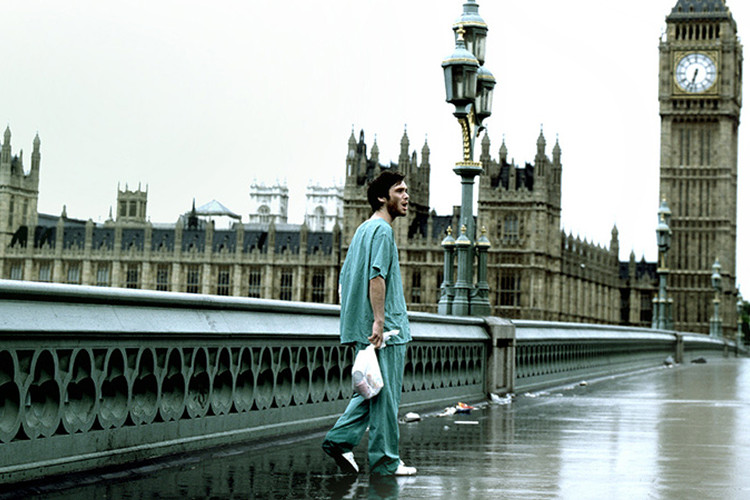
Ever since the late great George A. Romero brought zombies to the forefront of pop culture in 1968 with his seminal classic, Night of the Living Dead, it was a long wait to find a filmmaker who was able to match Romero’s ability to make a zombie movie that achieves memorable scares while at the same time spreading a strong social message. The wait finally ended in 2002 thanks to British director Danny Boyle’s 28 Day’s Later, a film that unfortunately feels not so much as a work of escapist horror but as a disturbing prophecy.
With an excellent screenplay by Alex Garland (now a respected director in his own right), the film evokes a strong reaction watching it with modern eyes, particularly during a real-life pandemic, which unsurprisingly makes the film even more terrifying.
The film garnered controversy at the time of its release, not so much for its themes but for its decision to change the undead from being slow walkers to fast sprinters, which was seen as sacrilege to zombie purists. However, that hasn’t stopped the movie from earning an adoring fan base for its challenging themes; such as animal testing, consumerism and military intervention. While question marks persist about the validity of Boyle’s recent work, it’s his earlier films, including 28 Days Later that had earned his reputation of one of Britain’s all-time most influential directors.
10. The Skin I Live In (2011, Pedro Almodovar)
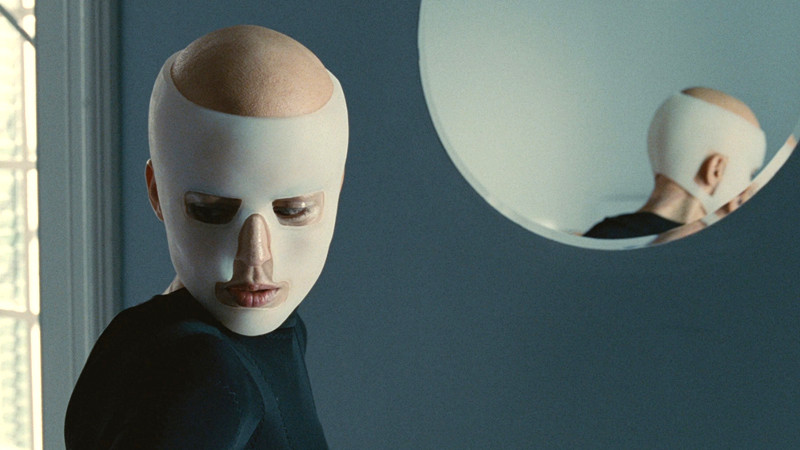
Why Pedro Almodovar’s name is often omitted from lists detailing the best directors working right now will forever be a mystery. Ever since his breakout hit, Women on the Verge of a Nervous Breakdown, Almodovar has continued to produce quality films that manage to juggle complex narratives with beautiful décor.
A few critics have written off his films as being too melodramatic, and while that is a genre that is easy to feel grating on an audience, the Spaniard is masterful in his approach dealing with topics such as sexual deviancy, sexual identity and religious hypocrisy among many others. But there is one film of his that stands out as being particularly taboo, 2011’s The Skin I Live In.
Heavily inspired by Georges Franju’s seminal work of horror, Eyes Without a Face, Almodovar’s loving homage stars his most celebrated muse, Antonio Banderas. The film follows a brilliant yet demented plastic surgeon that has created a synthetic skin that he experiments with on a mysterious young woman who he is keeping as a prisoner.
Almodovar described the film as “a horror movie without scares or frights”, but nonetheless it is a movie that disturbs you hours after watching it. In many ways it bears all the trademarks of an Almodovar film, notably its campy melodrama, but still it manages to get under the audience’s skin. Many see it as his most challenging film to date, but with a director as unique and fascinating as Almodovar, you would be doing yourself a huge disservice by not watching it.